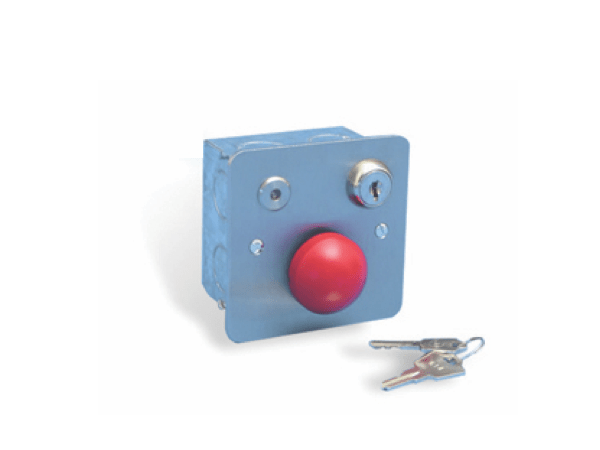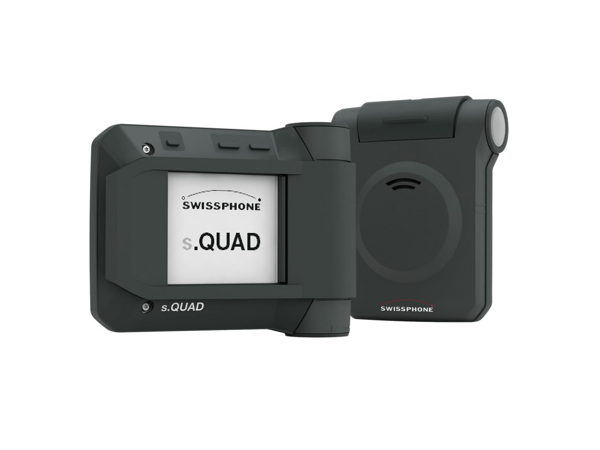Nurse Call Systems & Staff Attack for General NHS Hospitals generally have to Satisfy the HTM 0803 Code of Practice
Wards
Wards
Typically we are increasingly asked for nurse call presence these days
Ensuite / Assisted Baths / WCs
Ensuite / Assisted Baths / WCs
Generally considered higher risk zones
Accident & Emergency Wards
Accident & Emergency Wards
Staff attack is a common request
Mobile Assets
Mobile Assets
With a fast payback – Asset tagging is ‘must’ have these days
Plan for the End – Some Key Considerations for Hospital Design
Typically an existing hospital will have an existing nurse call system that‘s been provided Static Systems or Wandsworth Electrical to name but a couple. In the past, the automatic assumption was typically that they are only companies from which a quote could be obtained. However, these days, from alternative hard wired nurse call systems to wireless nurse call systems, hospital engineers and engineering consultants are able to select from a much wider array of sources many of which will provide excellent rivalling features that can really make a difference on the ground without hurting your purse financially.
We say ‘plan for the end’ – why? It’s because considering what features you’d potentially add further down the line will often determine your choice of system for a hospital. And it’s not just the choice of features, it’s other factors that the NHS in particular will be interested in these days – such as maintaining low and stable lifecycle costs.
The Choice of Nurse Call / Staff Attack Network is Important.
It’s best to choose a nurse call network that can be formatted in conventional structured cabling, IP or vitally both – for future flexibility.
Most General hospitals have traditionally chosen call and reset call units at the bedside. However, these days, we are seeing more and more requests for call and reset presence – often with acoustic call forwarding. The presence feature is especially useful in knowing whether a nurse is in attendance or not but also great for diverting calls to the nurse or for example speaking to or making an announcement to only those rooms where the presence button has been activated. Another benefit is that you determine the ID of the nurse attending too these days for audit trail purposes.
‘Presence’ will also enable a second level of call – for example emergency – a common feature these days in private hospitals.
Typically NHS hospitals will call for NHS Pull On-Push Off Units and sometimes cardiac version too.
Auto Nurse Presence
Automatic nurse presence (with badges) and real time location staff location are also increasingly being asked about – if only for further down the line where budgets are available.
IP Speech
We are also seeing a common request for IP Speech at the bedhead or in corridors and base stations. These units have helpful apps that with a press of a button or two can set off useful timer reminders for repetitive tasks.
Asset Tagging
Asset Tagging are also words on everyone’s lips nowadays. That’s because of the wasted costs associated with wasted nurse and consultant times searching for assets (especially with asset hoarding) and course the costs associated with over ordering of inventory which is just a bi-product of not knowing what’s where and available.
Another driver for rfid asset tracking is that if for example, you’re looking for a item, you’ve found it, but it’s faulty, it can tremendous effects on the quality of your care. RFID inventory management will completely automate and improve your preventative maintenance practices.
A&E Depts
Finally, Accident and Emergency Wards in particular invariably ask for ultra-safe panic alarm triggers with two levels of alarm – often with assist and attack levels. They’ll also ask for graphical software sometimes and of course the same call logging software that the remainder of the nurse call system will employ.
























